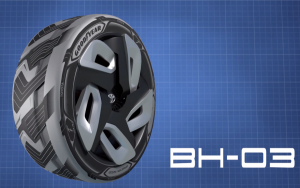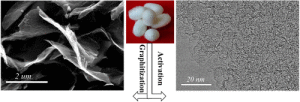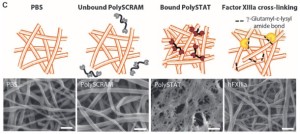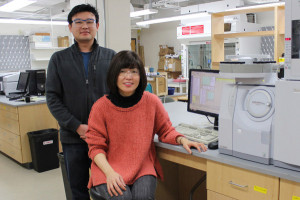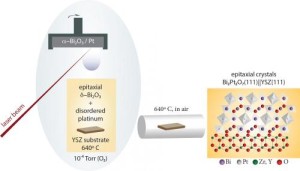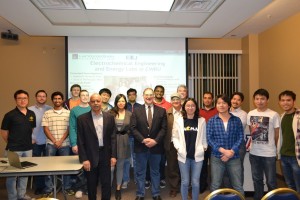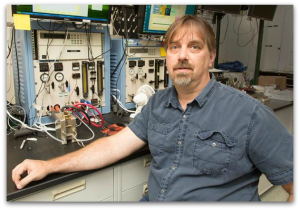 Rodney Borup of the Los Alamos National Laboratory will be awarded the 2015 Energy Technology Division Research Award for his pioneering work in energy conversion and storage, specifically related to sustainability and fuel cells.
Rodney Borup of the Los Alamos National Laboratory will be awarded the 2015 Energy Technology Division Research Award for his pioneering work in energy conversion and storage, specifically related to sustainability and fuel cells.
The prestigious award was established in 1992 to encourage excellence in energy related research.
Dr. Borup is widely recognized for his work in fuel cell transportation with such corporate and academic organizations such as General Motors and Los Alamos National Laboratory (LANL). He joined LANL in 1994 as a post-doctoral researcher, where he would eventually move on to become the Program Manager for the Fuel Cells and Vehicle Technologies Program and Team Leader for Fuel Cells Program —titles which he currently holds.


